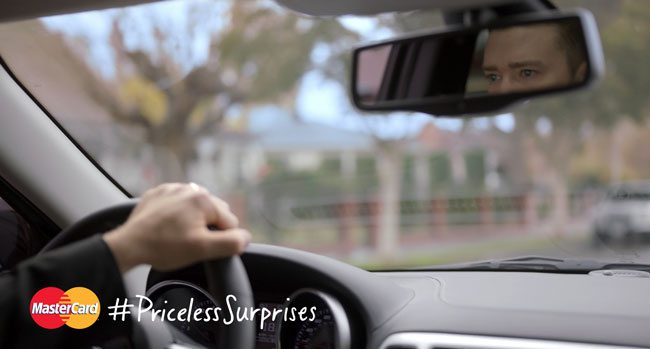However, reports emerged yesterday that some journalists were handed an exhaustive schedule of pre-written tweets in exchange for their ticket and transport.
While MasterCard, through its PR agency House, had correctly indentified the importance of engaging key influencers, in this case the media, the dictatorial approach adopted not only goes against the fundamentals of free-speech and ethical journalism, but has also resulted in a PR own goal says Marketing Magazine.
So where did MasterCard go wrong and can brand marketers effectively engagement and incentivise key influencers and the media? Here are five key ways:
1. Know what you’re measuring and why you’re measuring it
Social media is often seen as a quick win channel and in the case of MasterCard, it was clearly looking for fast and effective impact. So the idea was to measure number of retweets and times the hashtag got mentioned.
I question the purpose of this as it smacks of an afterthought and a lack of planning. To measure the impact of social media as part of the wider sponsorship campaign, MasterCard could have looked at the amount of user-generated content that accompanied the event or created an alternative poll to the awards.
If the social media objectives matched the objectives of why it was sponsoring the event in the first place, what was measured would not be the amount of times #priceless was tweeted.
2. Bring journalists on the journey
Not only was this a social media gaffe, but it failed to grasp the first law of journalism; that their integrity will be in question if they are compromised in what they can or cannot say. Even if it is innocent like “Tweet this before the event”, the reminder that they are being offered tickets and travel by the sponsor breaks this rule.
Journalists love exclusivity. Give content that is useful rather than prescription journalism. Before the event, reveal the hashtag by all means, but don’t feed the lines. On the day, engage with them and be playful. Why not offer exclusive back stage pics by having them engage with the client twitter feed?
3. Engage with your audience
The assumption was that journalists would provide the catalyst for conversation on social media. This strategy only work if the journalists have a deeper understanding of what’s going on at the event.
So where was the engagement with people who were desperate for content; who could use pictures and videos to aid their enjoyment of the event? Journalists are important influencers, but they did not seem to be an influencer engagement strategy at play here.
What makes the story even worse is that MasterCard has come across as a cynical sponsor and not one in tune with the event.
4. Be the role of content curator as well as creator
There’s a dance between journalists, influencers, bloggers and enthusiasts that has clearly been played wrong here. As official sponsor, MasterCard could have put more exclusive content out through social channels. Yet, it did not factor in the role of curation of great content from other sources as part of its plans. Where were the pictures and videos from fans with tickets? These could have been passed onto to journalists to use as part of their coverage of the event.
5. Be authentic!
The biggest problem here is that MasterCard does not come across as authentic. By not clearly defining the objectives and then not planning based on these objectives, what’s come across is that the sponsor is shallow and aloof from the event. The Brit Awards are meant to be accessible to the young, hip and happening. What comes across is that MasterCard is out of touch. It undoes all the good work it has put in over the year.


